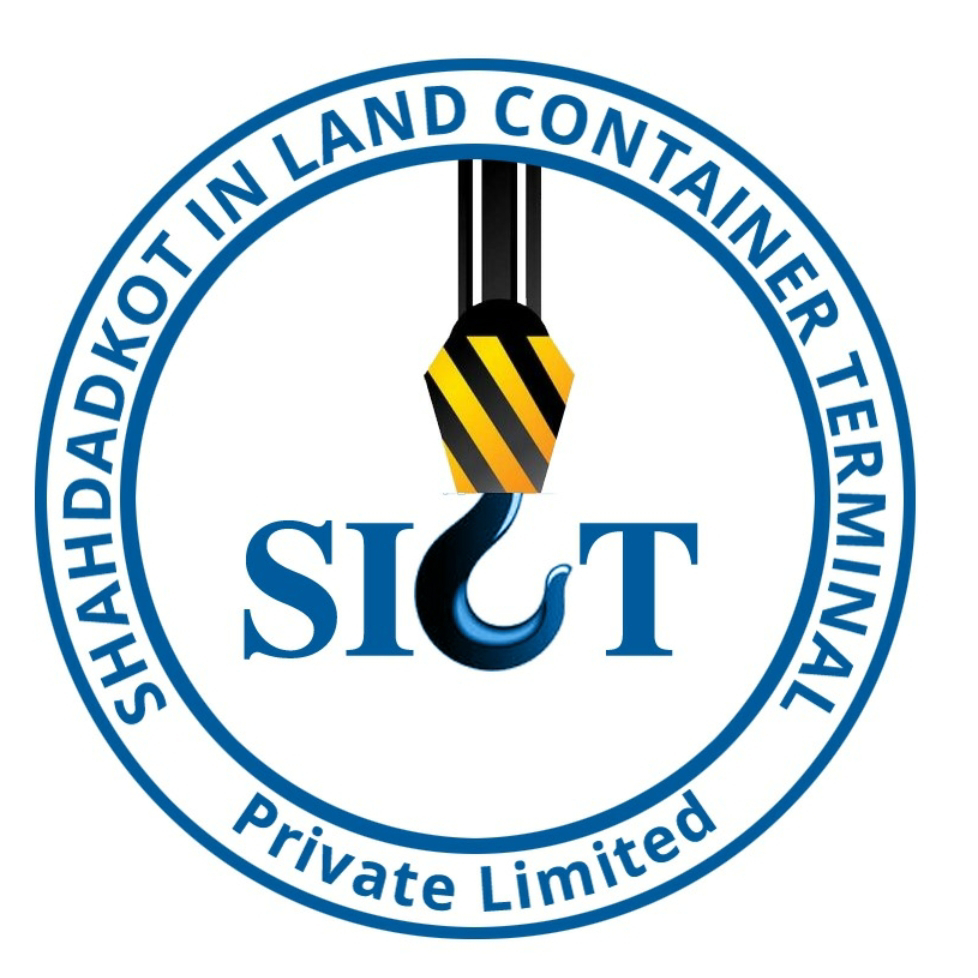Logistic Pros Find Alternative Power: Their Own.
Logistic Pros Find Alternative Power: Their Own.
Last week forklift OEMs converged on their representatives in Washington, DC to talk safety and trade.
This kind of advocacy keeps logistics top-of-mind for power brokers in both the public and private sectors. The same thing happened a couple years ago when more than 10 industry associations participated in a pro-trucking Washington fly-in called “Stand Up For Trucking.” Transportation executives and trucking stakeholders talked to their representatives about this country’s trucking capacity and how government regulations and other challenges threaten to limit that capacity. Fuel costs were among those threats.
Is the situation on the ground likely to improve soon for participants of either fly-in? That’s open to debate (something for which our polarized government has an unlimited capacity). However, there are signs that this country’s transportation situation is improving despite continued haggling over hours-of-service regulations and infrastructure funding. Business can be hopeful about an apparent U.S. oil boom and the fact that our natural gas production is lowering this country’s dependence on Middle East oil. In fact the oil we do import is increasingly coming from Canada. This has positive ramifications for businesses connected to lift trucks and over-the-road trucks.
One company whose transportation infrastructure relies strongly on both of those is UPS. It is tying its future, in part, to the use of alternative fuels like propane—which is a common denominator for both off-road and on-road fleets. Recently UPS announced plans to purchase 1,000 propane package delivery trucks and install an initial 50 fueling stations at UPS locations. This investment in propane vehicles and infrastructure amounts to about $70 million.
As you'll see in the below video, UPS is starting to replace gasoline- and diesel-fueled vehicles with propane trucks in rural regions of Louisiana and Oklahoma, and other states are pending, the company stated in a press release. The vehicles on these routes can travel up to 200 miles on a tank of propane. The new propane fleet is expected to travel more than 25 million miles and to displace approximately 3.5 million gallons of conventional gasoline and diesel per year.
“There’s not enough of a propane infrastructure for over the road fleets in the U.S.,” he told me. “For a return-to-base operation, yes, and 99% of our operations are return-to-base. We fuel at our own locations. It’s cleaner than any other alternative fuel we can put out there for internal combustion.”
Britt does have high hopes for propane’s future as an alternative to gas and diesel in the U.S., however.
“The quality of propane has improved dramatically over the last 30-36 months due to the fact that now propane is being produced from natural gas,” he said. “Propane used to be a byproduct of petroleum production, and there was a lot of slop in it.”
“We’re in a focused strategy to preserve our market share in the lower class lift trucks and to gain market share against gasoline and diesel in class 4 and 5,” says Tucker Perkins, chief business development officer for the PERC.
Meanwhile, UPS will continue to apply other alternative fuels where they make sense. That includes compressed natural gas (CNG), liquefied natural gas (LNG) and even hydrogen fuel cells.
“We have existing CNG and LNG fueling stations up and running and where the infrastructure exists, it’s significantly cheaper than propane,” Britt says. “When we get into compression engines we prefer CNG or LNG or a dual fuel configuration over propane, only because propane is still developing in those fields. As for hydrogen fuel cells, their development has come a long way and their cost has come down dramatically—as have their size and weight. What used to be the size of a piano is about the size of a lunchbox now, gaining you the same work. We’re excited about that and have done a lot of demonstration projects with the DOE and EPA.”
It would be good to see more of our governmental power brokers do some fly-ins of their own—as part of a multi-stop tour of their constituents’ most innovative supply chains.




Comments
Post a Comment